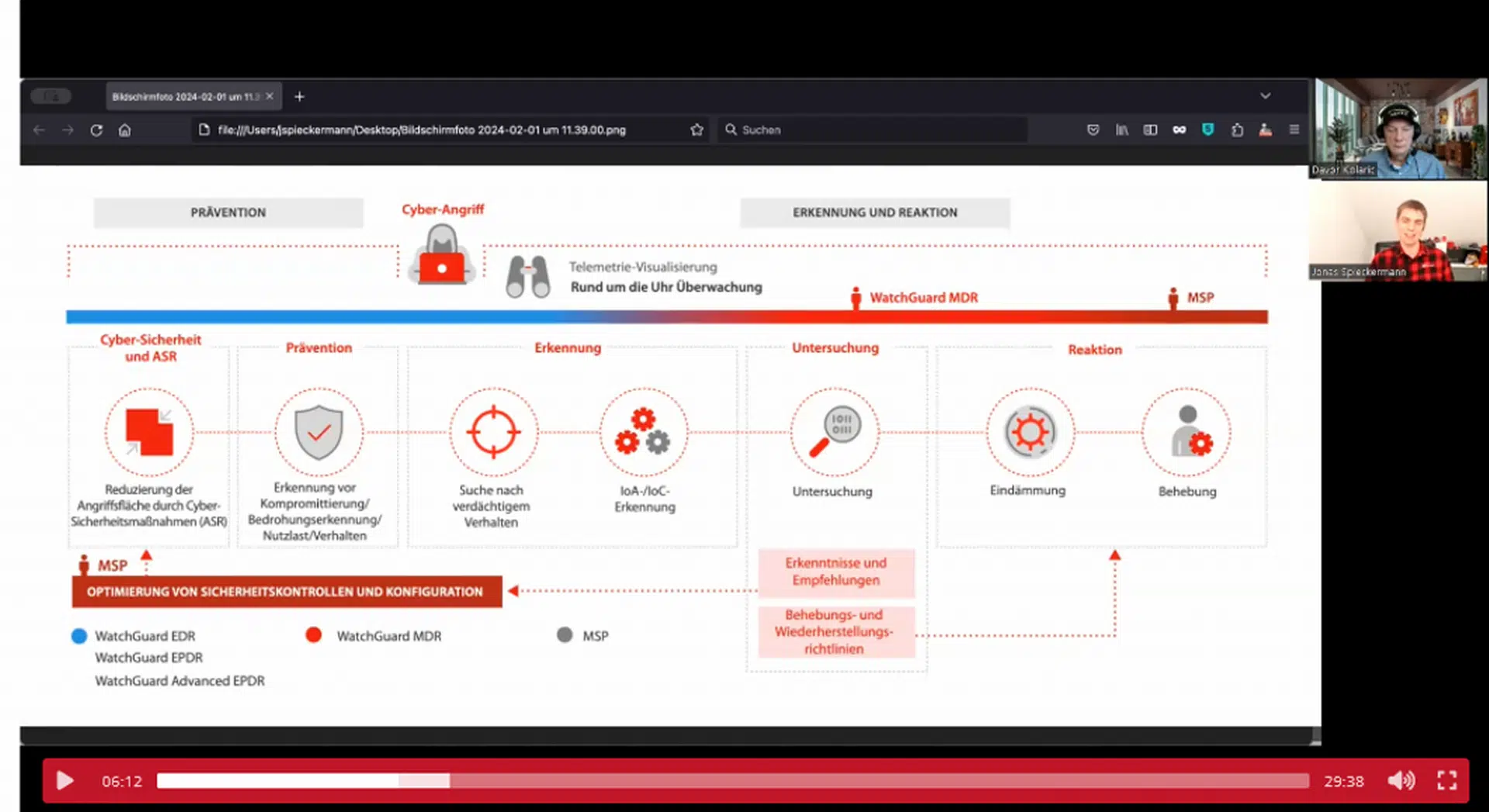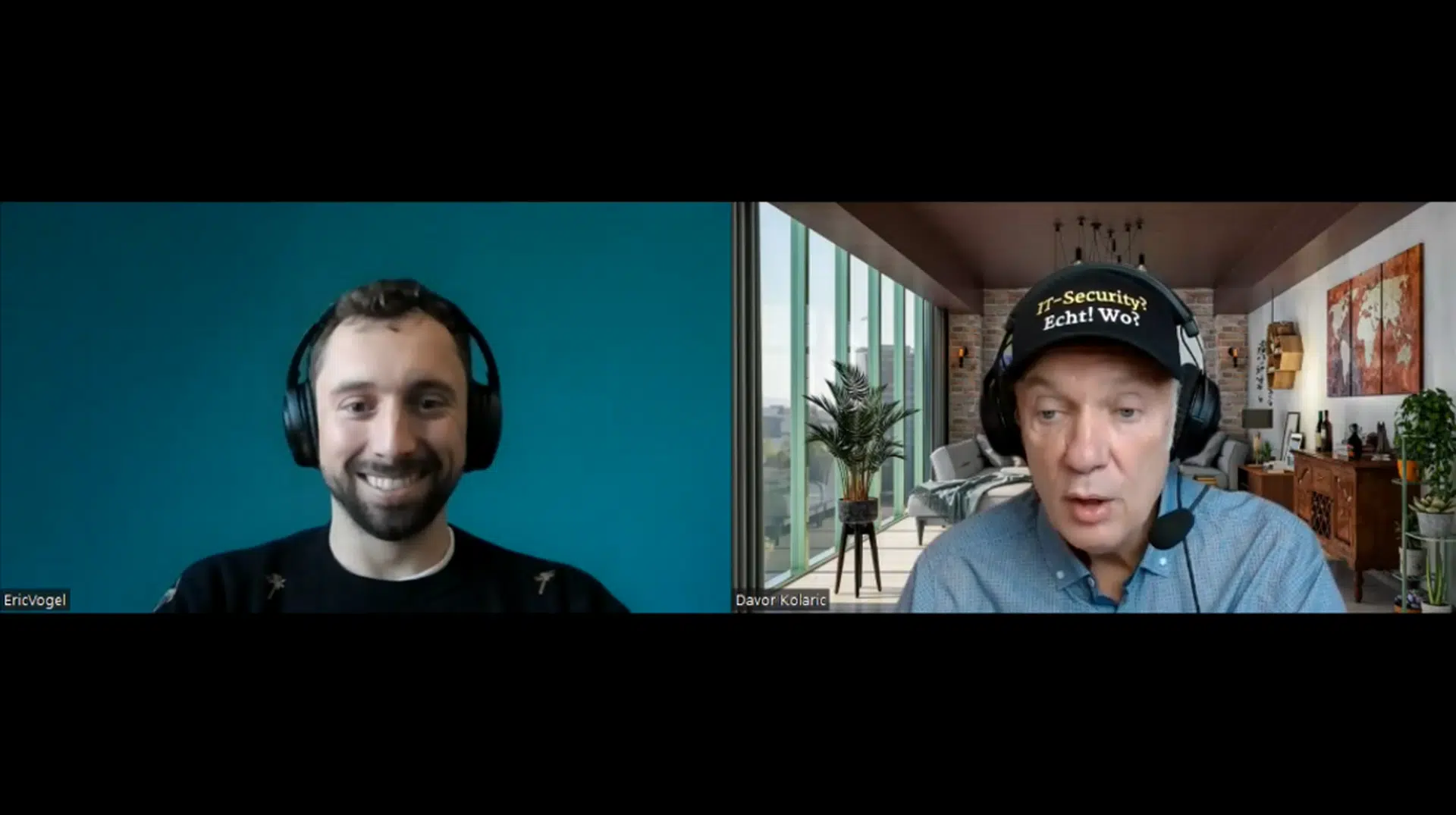
Eight out of 10 CIOs Don’t Make Fatigue a Regular Part of Conversations About Business Technology Initiatives
Gartner advised CIOs to take four steps to reduce change fatigue in their organizations.
Treat Change Fatigue as a Business Issue
Gartner research found that eight out of 10 CIOs don’t make fatigue a regular part of their conversations about business technology initiatives. “Most CIOs only work with business partners to set project timelines and communication plans, and do not consider the employees’ context. Ultimately, they do not address worker fatigue,” said Sanchez-Reina.
CIOs should factor change fatigue into their planning initiatives by adding a fatigue evaluation. It should be arranged as a discussion with business partners. This discussion should include, at a minimum, the level of effort each initiative requires and how to combine the day-to-day with the initiative.
Distribute Change Leadership
Having a single leader who focuses on getting a project, product or initiative done on time, will have little visibility into the cost in worker fatigue.
Gartner advised CIOs to establish a distributed leadership, like assigning overseers and tactical decision-makers dispersed across the organization, who have a closer contact with workers and can change directions when fatigue rises. Distributed leadership also spreads the burden of decision making, another key cause of stress.
Co-Create Execution and Involve Stakeholders
The most successful organizations make decisions about how to execute change with the cooperation of top executives and lower organizational layers. They also involve IT and business stakeholders in change management.
“CIOs should create teams that include technical experts as well as experts from all of the functions that the initiative will touch,” said Sanchez-Reina. “The blend of people with different perspectives will contribute to the cohesiveness of the people involved in the change.”
CIOs should also set guidance for how their teams should do their work, which helps ensure that the multidisciplinary teams share accountability for results and focus on delivering business outcomes, not merely completing a project plan.
Care About the Emotions of Change
“Since a positive or negative emotional impact builds a positive or negative long-lasting memory in our brain, it is critical for CIOs to create a mental track record of as many positives as possible,” said Sanchez-Reina. “For example, some companies include ‚listening to the drawbacks‘ sessions in the change plan, where employees have the chance to openly share their concerns. This initiative replaces the occasional venting moments in the water cooler or vending machine, making those concerns manageable.”
Gartner clients can read more in “Four Tactics to Mitigate Change Fatigue.”
About Gartner for Information Technology Executives
Gartner for Information Technology Executives provides actionable, objective insight to CIOs and IT leaders to help them drive their organizations through digital transformation and lead business growth. Additional information is available at www.gartner.com/en/information-technology.
Fachartikel
Studien

Drei Viertel aller DACH-Unternehmen haben jetzt CISOs – nur wird diese Rolle oft noch missverstanden

AI-Security-Report 2024 verdeutlicht: Deutsche Unternehmen sind mit Cybersecurity-Markt überfordert

Cloud-Transformation & GRC: Die Wolkendecke wird zur Superzelle

Threat Report: Anstieg der Ransomware-Vorfälle durch ERP-Kompromittierung um 400 %

Studie zu PKI und Post-Quanten-Kryptographie verdeutlicht wachsenden Bedarf an digitalem Vertrauen bei DACH-Organisationen
Whitepaper
Unter4Ohren

Datenklassifizierung: Sicherheit, Konformität und Kontrolle

Die Rolle der KI in der IT-Sicherheit

CrowdStrike Global Threat Report 2024 – Einblicke in die aktuelle Bedrohungslandschaft

WatchGuard Managed Detection & Response – Erkennung und Reaktion rund um die Uhr ohne Mehraufwand












